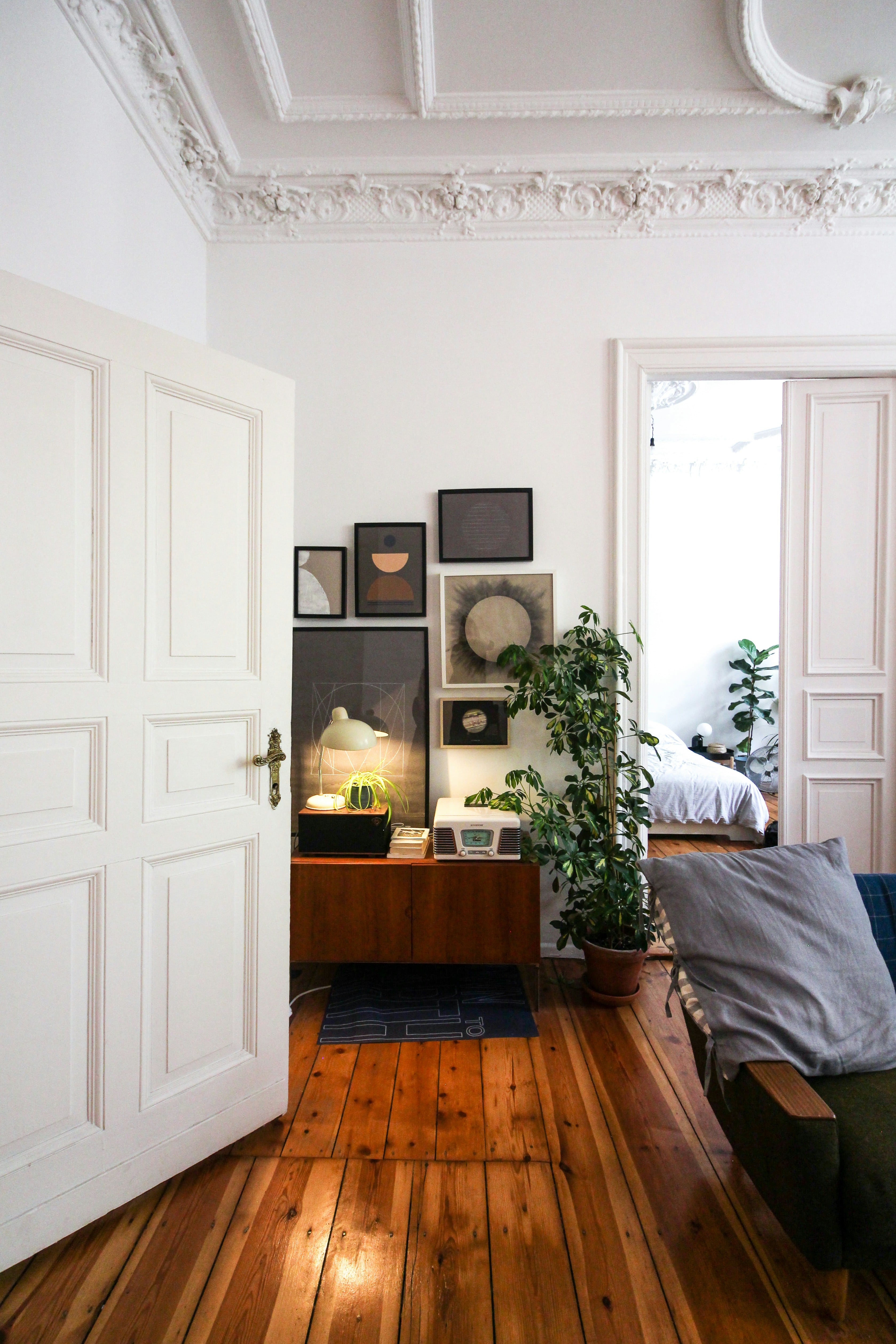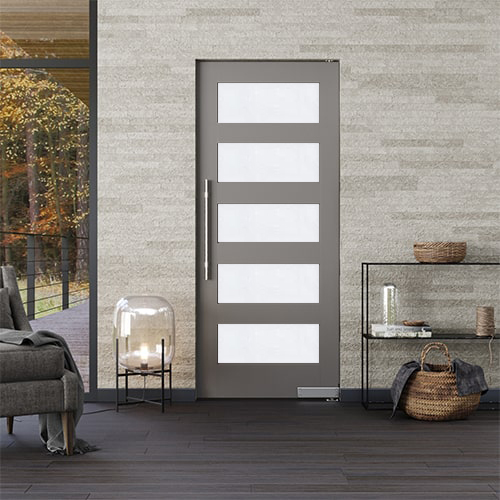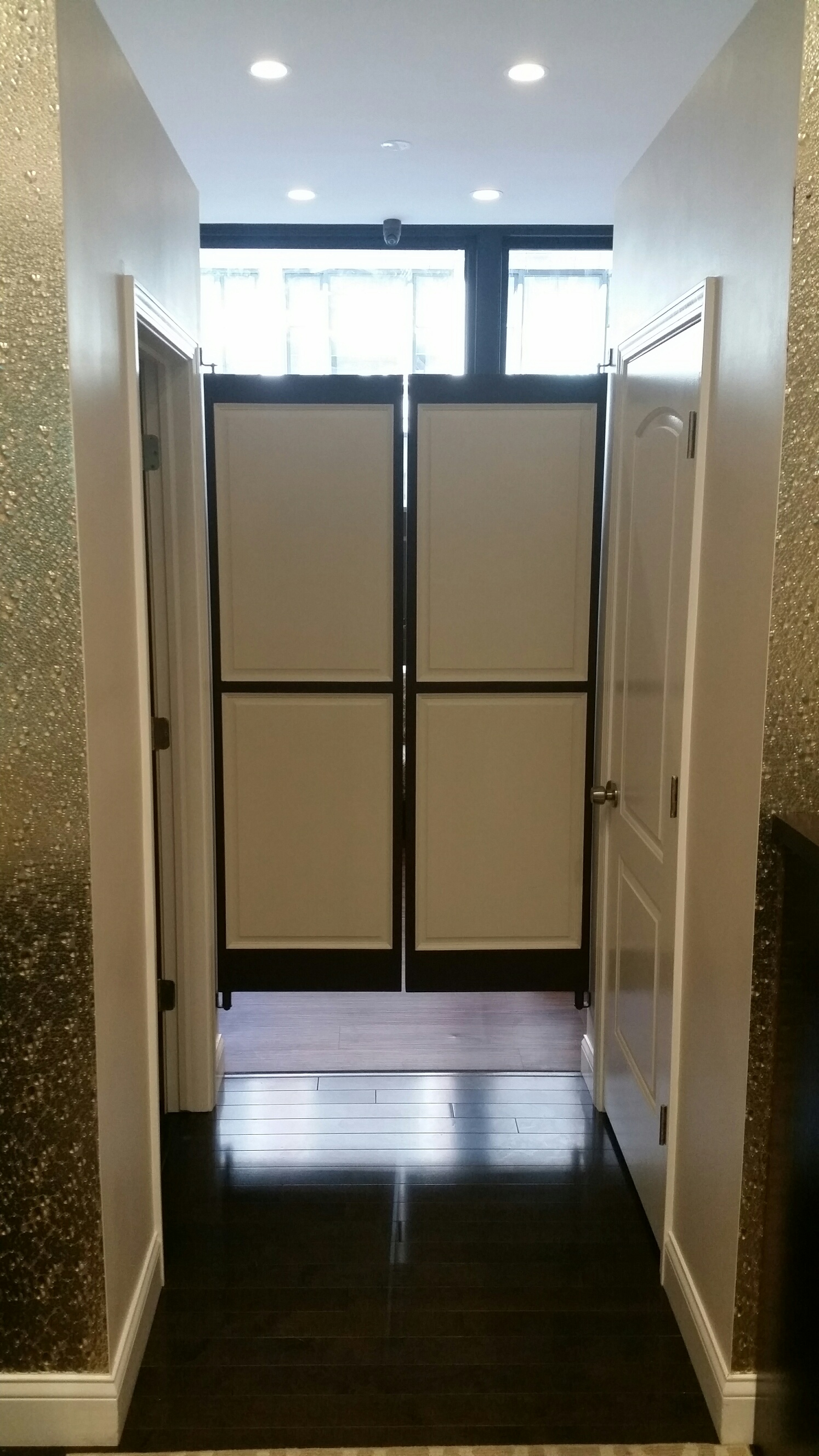
Exploring Swinging Cafe Doors: Types and Home Dynamics
Understanding Home Dynamics: An In-Depth Look at Types of Swinging Doors
Swinging doors are an often overlooked yet crucial element in our homes. They are the unsung heroes of our interior spaces, quietly defining the ambiance of a room and playing a pivotal role in our daily routines. While some may consider them as mere functional dividers, swinging doors, in their various forms, add character and charm, adapting to every room's specific needs and the homeowner's taste. This comprehensive guide explores different types of swinging doors, their applications, and how they can become the focal point of your home's design.
Swinging doors have a rich history, having been a vital part of architecture and interior design for centuries. Transitioning from the plain and purely utilitarian models of yesteryears, modern swinging doors have become an expression of style and innovation, designed to complement any home interior. Choosing the right door for your space is crucial; it not only serves functional purposes but also makes a statement about your home's aesthetic and your style. Your home should reflect your unique taste and lifestyle, and the type of door you select can significantly contribute to that.
Types of Swinging Doors

Hinged Doors
Among the most common of all door types, hinged swinging doors are a staple in almost every home. They typically consist of a single panel that rotates around hinges, installed on one side of the frame.
Common Designs and Applications
- Single Panel Hinged Doors: Ideal for most interior rooms, closets, and pantries.
- Bi-fold Doors: Great space savers for smaller openings and closets.
Advantages
- Widely available in various materials and finishes.
- Durable and easy to operate.
Disadvantages
- Require swing clearance space.
- Can be prone to sagging over time.

Pivot Doors
Pivot doors are a striking alternative to the conventional hinged door, as they rotate on a central point, allowing for a wider entrance and an imposing feature in any room.
Unique Features
- Creates a seamless transition between spaces.
- Easy to operate, even with large sizes.
Where They Work Best
- In large homes with open floor plans.
- As entryways or connecting doors between public areas.
Luxurious Appeal
- Pivot doors often convey a sense of luxury and modern design.
- They can be used to make a bold architectural statement.
French Doors
French doors, with their paired panels that swing open from the center, are synonymous with elegance and lightness, providing a classic aesthetic that suits a variety of home styles.
Classic Style
- French doors have a timeless appeal and can transform a room instantly.
- They are an excellent choice for rooms requiring a larger opening, such as living rooms or master bedrooms.
Versatile Uses
- Can function as patio doors or interior room dividers.
- French doors allow abundant natural light, making them perfect for small spaces and connecting indoor and outdoor areas.
Specialty Swinging Doors
Beyond the customary hinged, pivot, and French doors, several specialty swinging doors cater to specific needs and styles. These include:
Double Swinging Doors
- Also known as double-acting doors, these doors swing in both directions, making them ideal for high-traffic areas.
- They provide a whimsical charm to kitchens and dining areas, reminiscent of old-time saloons.
Dutch Doors
- A charming half-and-half design that allows for ventilation and a barrier simultaneously.
- Often used in nurseries, laundry rooms, and homes with pets or small children.
Accordion Doors
- Composed of multiple folding panels, these doors provide a concertina-like mechanism for opening and closing a space effectively.
- They are popular for dividing rooms in flexible studios or homes where space is at a premium.
Cafe Doors
- Also called saloon doors, cafe doors are divided horizontally and swing from the center, providing a unique look and functionality.
- Often used in informal spaces like kitchens and dens, they offer a half-open position while keeping pets and children contained.
Swinging Doors in Interior Design

Selecting the right door can significantly influence the overall feel of your home's interior design. Each type of swinging door adds a unique touch to the space, reflecting varying styles and architectural preferences.
Complementing Interior Styles
Swinging doors can seamlessly integrate with numerous interior design styles, such as:
- Modern and Contemporary Design: Pivot doors with minimalist frames enhance the sleek, uncluttered look.
- Traditional Style: French doors with mullion detailing and decorative hardware resonate with classic design elements.
- Rustic and Farmhouse Interiors: The warmth of wooden hinged doors contributes to the cozy and welcoming atmosphere.
Visual Interest and Space Flow
Swinging doors play a crucial role in maintaining visual and spatial harmony within your home:
- Room Dividers: French doors and pivot doors can divide spaces without compromising on light or flow.
- Focal Points: Custom or ornate doors can serve as statement pieces in a room, drawing the eye and setting the mood.
DIY Projects with Swinging Doors
For the handy homeowner or DIY enthusiast, working with swinging doors can be a rewarding project. Whether it's installing a new door, customizing an existing one, or simply maintaining it, there are plenty of opportunities to get creative.
Tips for Installation and Maintenance
Proper installation and regular maintenance are key to ensuring your swinging doors function smoothly for years to come. Here are some essential tips:
- Ensure the doorway is plumb and level before installing the door to prevent future operational issues.
- Periodically check and tighten the door's hinges and hardware to keep them in top condition.
Customization and Personalization
Swinging doors provide a canvas for personalization. Consider these ideas to make your doors unique:
- Add a fresh coat of paint or decorative finishes to match your home's color scheme or theme.
- Upgrade the hardware with stylish knobs, handles, and latches that reflect your taste.
Pros and Cons of Each Swinging Door Type
Blindly choosing a swinging door without considering its pros and cons can lead to a mismatch in your home's requirements. Here's a brief overview of the benefits and drawbacks of various swinging door types:
Single Swinging Doors
- Pros: Widely available, durable, and provides a solid barrier.
- Cons: Requires clearance space to open, may not be suitable for all room configurations.
Double Swinging Doors
- Pros: Easy for traffic flow, provides a sense of openness when both sides are visible.
- Cons: Limited in where they can be installed due to clearance requirements.
Pivot Doors
- Pros: Can be quite large, making for a grand entry, and works well in contemporary settings.
- Cons: Can be more expensive and complex to install due to their unique configuration.
French Doors
- Pros: Add a classic touch, allow natural light, and can be used in various settings.
- Cons: Typically require a larger space for clearance, and might be less secure than solid doors.
Specialty Swinging Doors
- Pros: Tailored to unique needs, offers flexibility in terms of function and space.
- Cons: May have a limited range of applications depending on the specific type.
Conclusion
Swinging doors are often the very first point of interaction within our homes. They signify entry, separation, and transition — not just spatially but emotionally, too. By understanding the various types of swinging doors available and their applications, you can make informed decisions that positively impact your home's functionality and design.
Next time you step into a room, take a moment to appreciate the swinging door that greets you. It might just be more than a means of transition; it's a silent storyteller of the space it conceals. Consider the potential each door type has in enhancing your home, and don't be afraid to incorporate swinging doors into your next remodeling or design project. It's the little details, after all, that often make the most significant difference.

